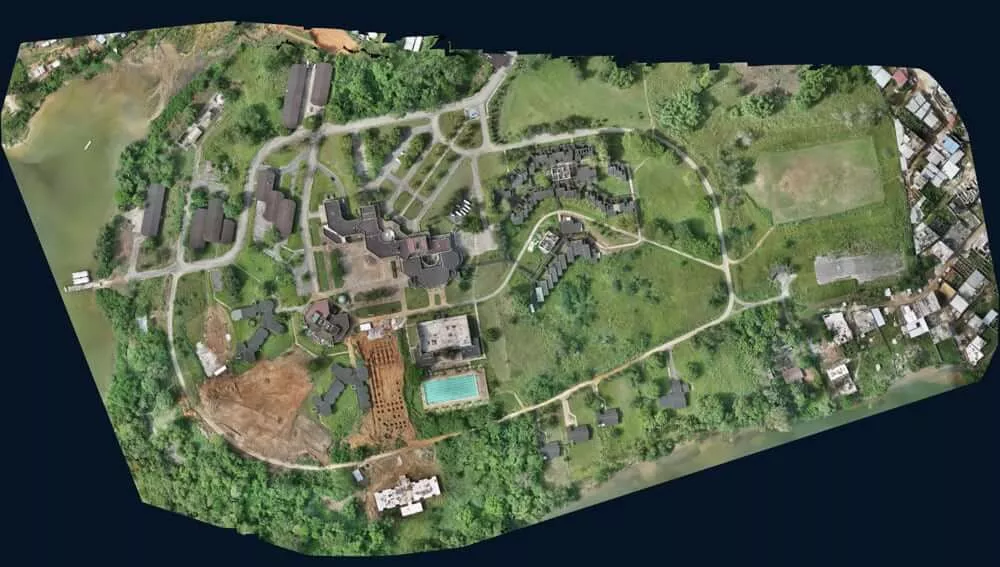1. LiDAR Software Packages:
TerraScan: TerraScan is a popular software developed specifically for LiDAR data processing. It offers functionalities for point cloud classification, filtering, editing, and feature extraction. TerraScan is widely used in industries such as surveying, forestry, and engineering.
LAStools: LAStools is a comprehensive suite of software tools for LiDAR data processing. It includes modules for filtering, classification, triangulation, and visualization of point clouds. LAStools is known for its efficiency and scalability, making it suitable for handling large-scale point cloud datasets.
2. Point Cloud Processing Software:
Autodesk ReCap: Autodesk ReCap is a widely used software for processing point clouds captured from terrestrial or aerial LiDAR systems. It offers tools for registration, point cloud cleanup, measurement extraction, and mesh creation. ReCap integrates seamlessly with other Autodesk software, facilitating workflows in industries such as construction and architecture.
3. Geographic Information System (GIS) Software:
Esri ArcGIS: ArcGIS is a comprehensive GIS platform that includes tools for handling and analyzing point cloud data. It provides capabilities for integrating point clouds with other spatial data, performing spatial analysis, and generating derived products such as digital elevation models (DEMs) and orthophotos.
4. Photogrammetry Software:
Pix4D: Pix4D is a leading photogrammetry software that can process both images and point clouds obtained from drone or aerial surveys. It enables the creation of highly accurate 3D models, orthomosaics, and point cloud visualizations. Pix4D offers advanced features for point cloud classification, editing, and export to various formats.
Agisoft Metashape: Agisoft Metashape (formerly known as Agisoft PhotoScan) is another popular photogrammetry software used for processing point clouds. It supports dense point cloud generation from aerial or terrestrial images and offers tools for point cloud filtering, classification, and mesh generation.
These are just a few examples of software applications commonly used for point cloud processing. The selection of software depends on the specific requirements, complexity of the data, and desired outputs. It's important to consider factors such as data format compatibility, processing capabilities, ease of use, and integration with other software or workflows when choosing the appropriate software for point cloud processing tasks.

